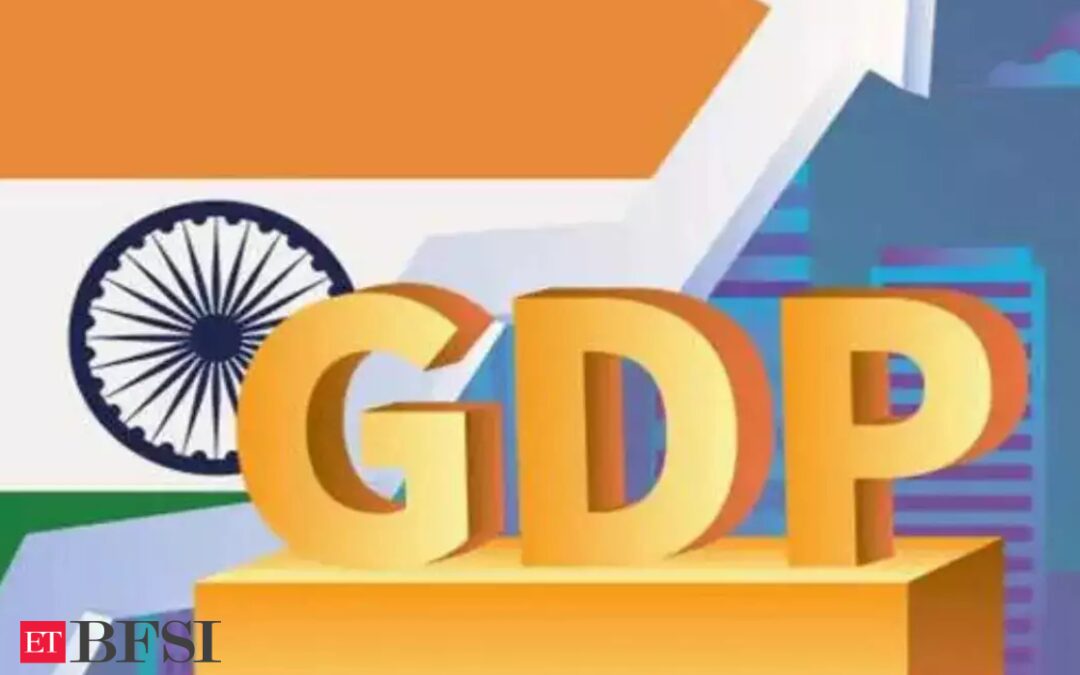NEW DELHI: S&P Global Ratings in its latest report maintained India’s GDP growth projection at 6.8 per cent for fiscal year 2024-25. However, the rating agency reduced the forecast for the next two years by 20 basis point to 6.7 per cent for 2025-26 and 26.8 perc cent for 26-27. It projects a 7 per cent growth rate for 2027-28.
“In India we see GDP growth easing to 6.8 per cent this fiscal year (2024-25) as high interest rates and a lower fiscal impulse temper urban demand,” said S&P Global Ratings.
It further mentioned that despite positive purchasing manager indices, other indicators suggest a temporary slowdown in growth momentum, particularly affecting the construction sector during the September quarter.
Additionally, the RBI recently indicated that the economic slowdown observed in recent months has passed. Private consumption has resumed its role as the primary driver of domestic demand, with festive spending boosting real activity in October-December.
The economy expanded by 6.7 per cent in April-June, below RBI’s 7.1 per cent forecast. The July-September quarter GDP data release is scheduled for November 29 at 4 pm.
Meanwhile, carious institutions have projected different growth rates for 2024-25: RBI at 7.2 per cent, IMF and World Bank at 7.0 per cent. Several organisations have increased their growth forecasts for India.
The Economic Survey presented in Parliament projected real GDP growth between 6.5-7 per cent for 2024-25. India maintained its position as the fastest-growing major economy, achieving 8.2 per cent growth in 2023-24, following 7.2 per cent in 2022-23 and 8.7 per cent in 2021-22.
Ongoing food inflation has delayed RBI’s rate reduction plans. S&P Global Ratings anticipates only one rate cut in the current fiscal year.
“Consumer inflation is fueled by supply shocks in agriculture, which have driven up food prices. These shocks are linked to changing rainfall patterns and climate change-driven heatwaves. Traditionally volatile and hard to predict, food inflation has become even more capricious lately. The RBI cannot ignore food inflation when considering rate cuts,” the agency said.
October’s consumer inflation reached 6.21 per cent, exceeding RBI’s upper tolerance threshold of 6 per cent.
The RBI maintains the repo rate at 6.5 per cent to control inflation. This rate determines the interest at which RBI lends to other banks.










